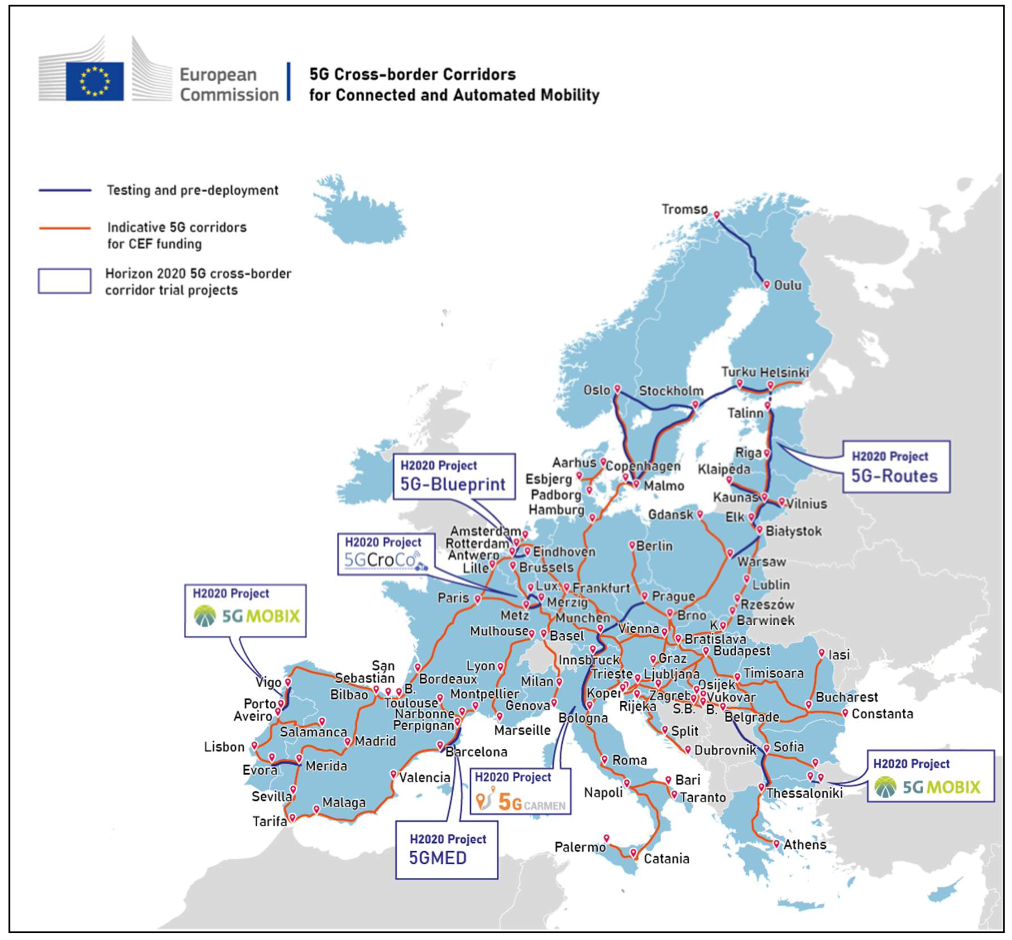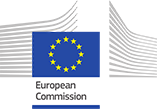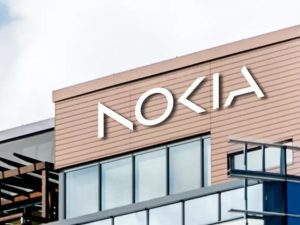- 5G corridors are projects designed to provide seamless 5G connectivity to vehicles even as they cross borders, thereby paving the way for autonomous driving on main road, train and maritime routes.
- To date, twelve “digital cross-border corridors” have been established to accommodate live tests of 5G for Cooperative Connected and Automated Mobility.
5G Corridors
This page introduces 5G corridors, which are projects designed to provide seamless 5G connectivity to vehicles even as they cross borders, thereby paving the way for autonomous driving on main road, train and maritime routes. To date, twelve “digital cross-border corridors” have been established to accommodate live tests of 5G for Cooperative Connected and Automated Mobility.
In the context of the 2030 Digital Compass Communication and ‘The European way for the Digital Decade’ outlining the European approach to a digitalised economy and society, the Commission is reviewing Europe’s 5G strategy as set out in the 5G Action Plan of 2016.
Europe has taken the lead in developing 5G industrial ecosystems with ambitious trial investments offering to enable market opportunities. Building 5G lead markets will be of key importance in this context. And, because industry R&I investments tend to relocate where markets are more advanced.
One area of high potential for such a lead market is 5G-based Connected and Automated Mobility (CAM). The Connecting Europe Facility Digital programme should support the rollout of 5G Corridors for CAM. This will unlock this ecosystem in Europe following a Strategic Deployment Agenda (SDA) developed by a broad range of stakeholders.
In order to prepare for the deployment of 5G cross-border corridors for CAM, the MSs signed, in March 2017 in Rome, a Letter of Intent (LoI) with the view to intensify cross-border cooperation for large-scale testing and pre-deployment. This agreement was preceded by bilateral initiatives memorandum of understanding, MoU) between Luxembourg, France and Germany, and among the Nordic countries (Norway, Finland, Sweden), and has been followed since then by a number of agreements between Spain and Portugal, between Bulgaria, Greece and Serbia, and between Estonia, Latvia, Lithuania and Poland over the “Via Baltica”, with an extension between Lithuania and Poland. The more recent agreements include the “Figueres – Perpignan” cross-border corridor between France and Spain and a cross-border teleoperated transport for roads and maritime based on 5G connectivity in the ports of Antwerp (Belgium) and Vlissingen (Netherlands). The table below presents the situation regarding the on-going initiatives.
List of 5G cross-border corridors initiatives in the EU
The map below presents an overview of the main public-private initiatives in Europe:
 Map of 5G cross-border corridors initiatives
Map of 5G cross-border corridors initiativesIn addition to these initiatives, three Horizon 2020 projects were launched in November 2018 to conduct large-scale testing and trials of 5G connectivity for CAM over cross-border corridors, under the umbrella of 5G Public-Private Partnership (5G PPP). Benefiting from a nearly €50 million funding, for a combined total budget of €63 million, the three projects cover three 5G cross-border corridors: Metz-Merzig-Luxembourg (5GCroCo5), Porto-Vigo between Spain and
Portugal (5G-Mobix), and Bologna-Munich via the Brenner Path (5G-CARMEN). In addition, CCAM use cases are tested in a strategic cross-border corridor located in the South-Eastern borders of Europe (between Greece – Turkey).
The development of 5G infrastructures along major transport paths will be further supported by the Connecting Europe Facility (CEF) Digital (2021-2027)8 and the Resilience and Recovery Facility (RRF). The first CEF calls are expected to be launched by October-November 2021 (inception studies and early wave of deployment work).











